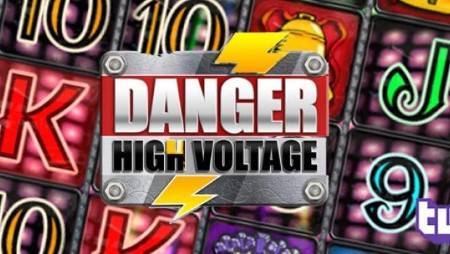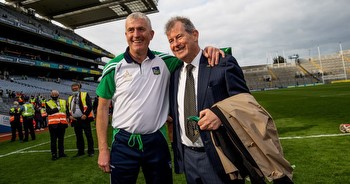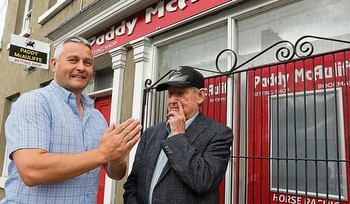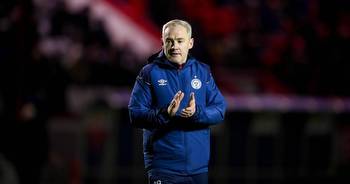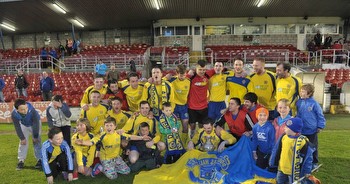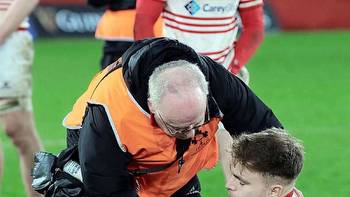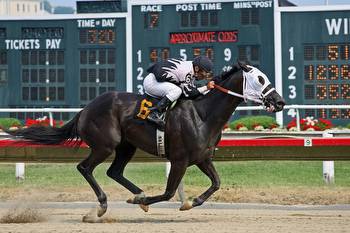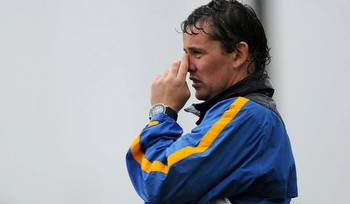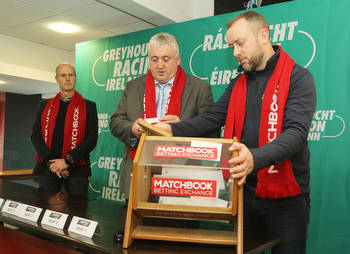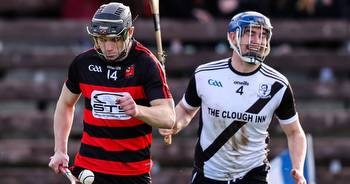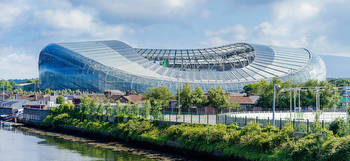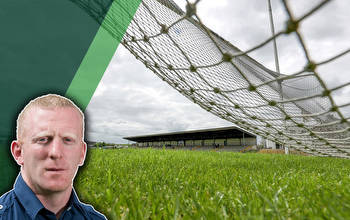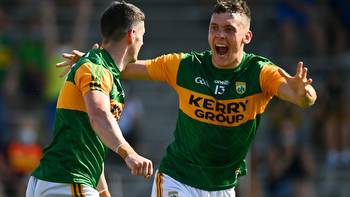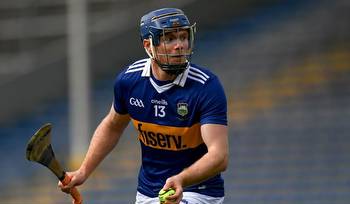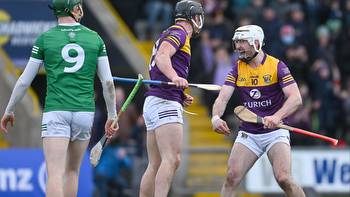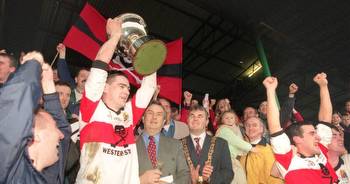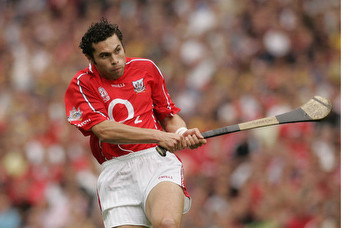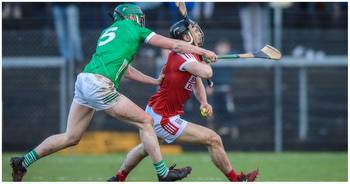Limerick on course to cement their legacy among the greatest ever
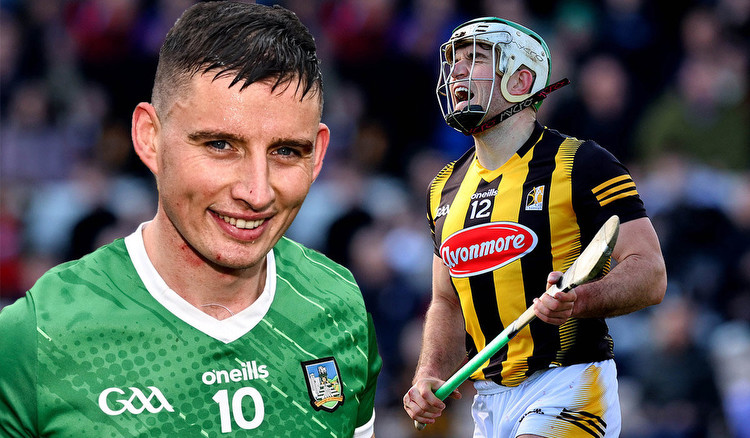
A midweek missive from the Munster Council that local roads around the Gaelic Grounds would be closing early on Sunday afternoon prompted a back-road journey to the Limerick city ground. The scenic route, as the locals might say.
In through Birdhill, over the Shannon at O'Brien's Bridge, past the power station at Ardnacrusha, and then pop out at the side of Thomond Park, the rugby citadel that dominates the skyline around St John's Castle.
Less than 24 hours earlier, Munster Rugby had celebrated a famous, thrilling URC final win in Cape Town. Munster's first silverware since 2011 prompted last night's homecoming which drew the crowds out. Yet, at lunchtime on Sunday, bar the odd house flying a red flag, there wasn't much of a hint around Thomond that this was rugby country.
More than two and a half hours before throw-in at the Gaelic Grounds, the fans of Limerick and Cork were already queuing.
The gates were still a way from opening for a 4pm start on the final Sunday in the Munster round-robin and a contest that would decide so much: Limerick's season and their four-in-a-row All-Ireland dream, not to mention five successive Munster crowns; Cork's season and whether the county's longest Liam MacCarthy Cup drought would extend to a 19th year.
At Semple Stadium at the very same throw-in time, Tipperary just needed a win over winless Waterford to join Clare in the Munster final.
The sense of anticipation had the Ennis Road thronged, the Woodfield House Hotel hopping as fans sat in the sun enjoying a beer or a burger. When the Limerick team ran out a couple of hours later, the home support in the 40,000 attendance rose to acclaim them in the stand named after their own icon, Mick Mackey.
That John Kiely's team have surpassed the achievements of the Limerick team of the 1930s which featured Mackey in his pomp - until then the county's greatest crew - says everything about the modern dynasty achieved by this group.
By game's end, they had confirmed their status in another instalment that felt like a gift from the hurling gods.
Cork brought everything: passion, fire, workrate, guts, character under pressure, and an array of skill - yet it still wasn't enough.
Ciaran Joyce was immense at centre-back, Darragh Fitzgibbon electric around the middle third while Patrick Horgan continued his Benjamin Button act, defying his 35 years to hit 1-14 - 1-2 from play - and no wides. His ground stroke to the net when Cork were seven down and in real trouble had those of an age remembering the wristy strikes of John Fitzgibbon and John Fenton.
But Limerick had Diarmaid Byrnes, Kyle Hayes and Gearoid Hegarty, three of the game's ultimate big-game players.
Byrnes' penalty to the top corner had the talent and artistic flourish that could be preserved and hung like a work of art.
Hayes was back to his rampaging self, the kind that makes him the first half-back in the history of hurling to carry a regular goal threat - he could actually have found the net in the first half after another torching run, only he unselfishly laid the ball off to Aaron Gillane.
And Hegarty, at odds with his game throughout this campaign, found the big plays when it mattered most.
When the dust settled, Limerick's crown was still intact, the one-point win and shock defeat for Tipperary sweeping them into the Munster final. Clare await, everyone hoping for another epic in keeping with the opening group game and last year's final that featured Tony Kelly's sublime sideline cut to force extra time.
Long after the match ended, a group of Limerick players emerged from the bowels of the stadium to pull up some chairs pitchside, chilling and shooting the breeze, enjoying the warm buzz of the day as music floated in.
Right then, in the shadow of Thomond, this felt very much like hurling country. Like their city.
You don't need statistical metrics to tell you this is the greatest version of the Munster championship ever played; the round-robin has added layer upon layer of drama and intrigue since its introduction in 2018, and made the back door or old knockout format seem like a relic of a bygone era.
That very same year, Limerick won a first All-Ireland in 45 years. The championship that summer, in this reporter's view, was the greatest All-Ireland ever played - for sheer volume of quality games, dramatic comebacks and rolling, relentless drama.
If Limerick win the 2023 version and go on to win four-in-a-row, those comparisons with the Kilkenny four-in-a-row team of 2006-9 will be merited.
That team of Brian Cody's won six in seven years - that will be a target for this crew if they lift the Liam MacCarthy Cup in July for the fifth time in six seasons.
After the match on Sunday, long-time benefactor JP McManus lingered, having spent parts of the day in the company of the 1973 All-Ireland team he had also been attached to.
At half-time, a collection of those faces were paraded to wave to the crowd, a full 50 years on from that achievement.
The likes of Eamonn Cregan and Tom Ryan and a whole host of faces and names stitched into the history of Limerick hurling.
Former Limerick player Niall Moran was on 2FM's GameOn show yesterday, still buzzing from the match. Tongue-in-cheek, he suggested that this year's Munster round-robin is so good - particularly when compared to Leinster or any other previous version - that maybe its value would be even greater than an All-Ireland medal.
Perhaps we should think about playing the All-Ireland first and then the Munster championship, he suggested, only half-joking.
It's been that kind of summer.
On Sunday, Limerick felt very much like hurling country. Keep going in this manner and there will be another type of special homecoming hitting the city in late July.
One to end all arguments about the legacy of this team.
